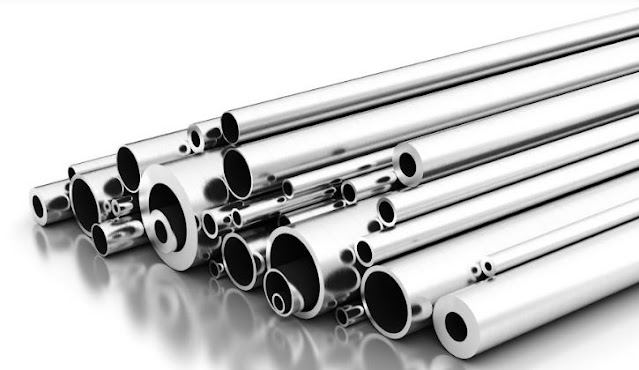
Are you a machine manufacturer wondering what material to adopt for some of your parts? Are you a project manager looking for ways to cut costs? The answer to both these questions is that you need to adopt steel tubing in your operations. Steel tubes come in various shapes, broadening their use. This alloy tubing can be circular, rectangular, or square in shape.
Wondering how to incorporate them into your processes? Here are some common applications of steel tubing.
1. Medical Devices
Steel tubings come in a variety of types, all with different properties. Stainless steel is perhaps the most popular because it’s shiny, corrosion-resistant, and customizable. Applying a special coating using advanced leaching control technology could even give stainless steel anti-bacterial properties.
There are also different grades for stainless steel tubings which dictate possible applications. A metal’s grade is based on its chemical composition and mechanical properties. For instance, stainless steel 304, which has low carbon content and high resistance to corrosion, is considered the most suitable material for the manufacture of medical devices.
Because stainless steel tubings meet the stringent requirements of the healthcare industry, they’re commonly used to manufacture surgical devices, stethoscopes, UV stands, hospital beds, stretchers, wheelchairs, and other medical equipment. Using medical devices made of stainless steel puts medical practitioners’ minds at ease because it reduces the risk of infection and bacterial contamination for their patients.
Check out this site https://fastmetals.com/pages/stainless_steel for more information about stainless steel tubings.
2. Manufacturing
Steel tubings are hollow, which makes them ideal alloys for industrial use.
Manufacturing industries commonly use steel tubes to transport various liquids, such as water or chemical formulations used in their production process. Due to their smooth inner lining, stainless steel tubes make this process smoother. Some processes transport fluids under extremely high pressure. Steel tubings can handle the pressure without breaking as they're made of durable material. Also, the tubes won’t contaminate your raw materials during transport since they’re resistant to corrosion.
Steel tubings are also typically used in conveyor belts, hydraulic equipment, and other machines commonly used in manufacturing facilities or factories.
3. Mechanical Components
Steel tubes have found their way into the manufacturing of mechanical parts for various devices.
Vehicle manufacturers use steel tubes to make some parts or components, such as exhaust pipes, fuel injection, engine, transmission, suspension systems, chassis, and mufflers. These components, which require precision steel tubes, are subjected to extremely high temperatures as a vehicle runs.
Therefore, these manufacturers need a high-quality material to ensure automotive components can withstand harsh conditions without deteriorating in quality. Steel tubing is suitable for this purpose because it can withstand high temperatures, extending your vehicle’s service life.
The use of steel tubing in mechanical components has extended to the aviation industry as well. Here, it’s used to manufacture parts such as landing gear, motor shafts, and engine exhaust systems.
Aside from being used to make components for the automotive and aviation industries, steel tubes are also utilized to manufacture weapons and vehicle parts for the military.
Even home appliances make use of steel tubings. You can see this in your vacuum cleaner, the back of your refrigerator, ventilation, and water pump systems.
4. Construction
There are various ways in which steel tubings are being used in the construction industry.
Architects design staircases made of steel tubes, mainly for the railing. To enhance aesthetics and prevent injuries, you can curve it into an eye-catching design particularly at the end.
Contractors also use steel tubes to support columns and beams during construction. They can also be used as the bottom formwork to support slabs that have been cast instead of timber, which is traditionally used but whose strength could be a concern.
Moreover, steel tubes are used in the construction of scaffolds, which are relied upon due to their strength and ease of assembly.
Another significant reason why steel tubes are widely used in construction is they’re recyclable. When recycling is adopted in a construction project, it brings down the metal cost by a significant margin.
Conclusion
As seen above, steel tubing could be used in a variety of applications. The unique characteristics of steel tubes, such as corrosion and heat resistance, durability, and versatility, make them ideal for medical, industrial, automotive, aviation, construction, and even military applications.
There are many types of steel tubings to choose from, with stainless steel as the most popular choice. Various grades for the different types of steel tubing are also available, and this allows you to choose the material best suited for your application.

